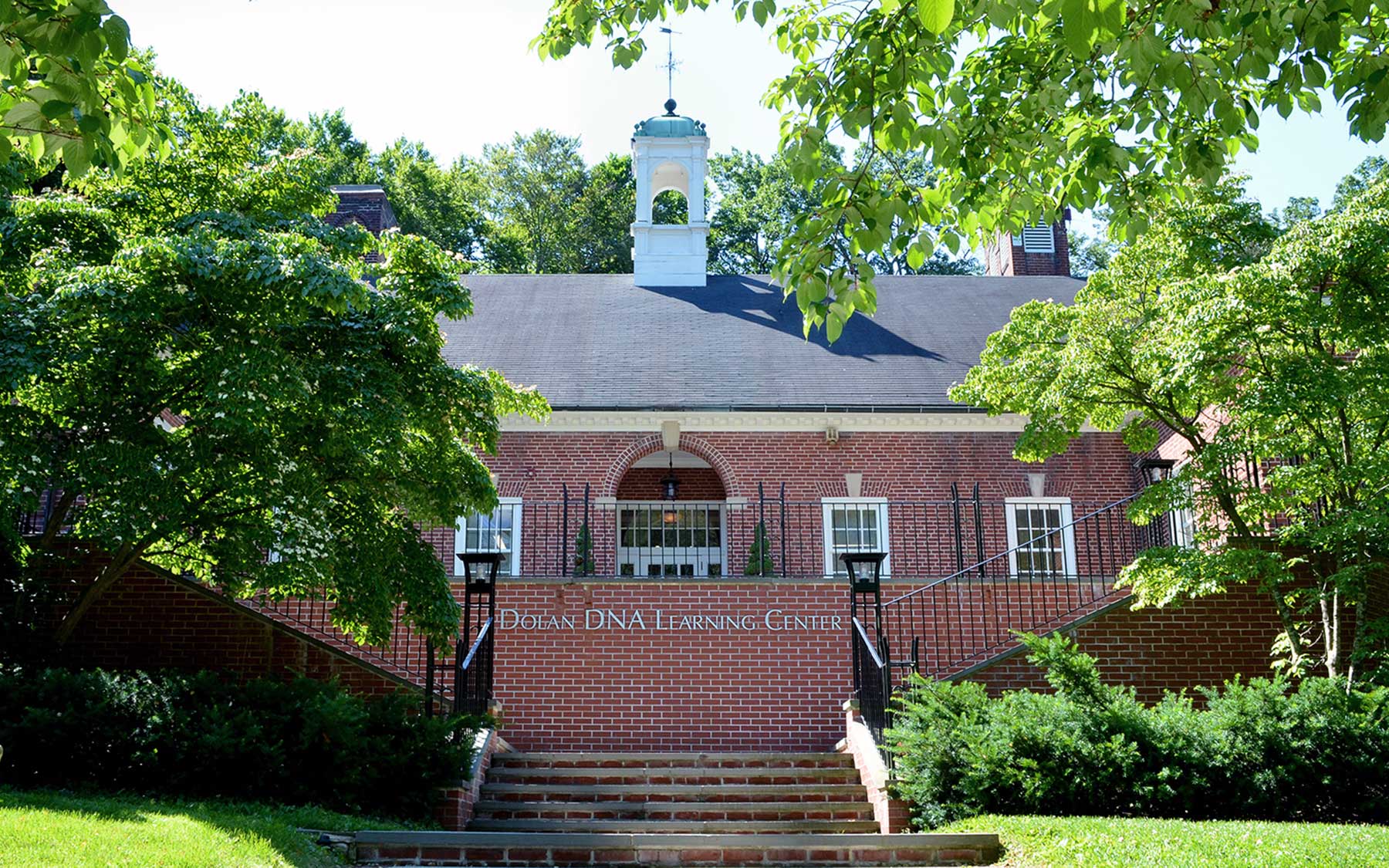Cold Spring Harbor, NY — Cold Spring Harbor Laboratory (CSHL)’s Dolan DNA Learning Center (DNALC) has received a $377,644 Science Education Partnership Award (SEPA) from the National Institutes of Health (NIH) to fund high school biology and health education programs for teachers. With the SEPA grant, the DNALC will train teachers how to use Inside Cancer, a multimedia website providing authoritative information on the biology of a cancer cell.
The Dolan DNA Learning Center (DNALC) is the world’s first science center devoted entirely to genetics education, extending the Cold Spring Harbor Laboratory traditional research and postgraduate education mission to the secondary education, university, and public levels.
“This program highlights CSHL’s commitment to interaction with school systems across the country and serves as an example of how research institutions can help to transform science education,” said David Micklos, DNALC Executive Director.
“These collaborations exemplify the goals of the SEPA program—inquiry-based learning, innovative teaching techniques, and community participation,” said National Center for Research Resources (NCRR) Director Barbara M. Alving, M.D. “Using peer mentoring, hands-on science experiences, and innovative web-based instruction thousands of students, teachers, and members of the public will gain a greater understanding of biomedical research.”
This Phase II project will focus on disseminating the Inside Cancer site to pre-college teachers and evaluating its educational effects. Over the term of the grant, 800 secondary biology and psychology teachers will receive intensive training at one-day workshops held at 20 sites nationwide. The workshops will be conducted in conjunction with teacher professional meetings and science outreach programs at universities, and historically Black and Hispanic institutions. Forty workshop participants will receive fellowships to conduct second-round training to reach an additional 640 teachers.
Participants’ teaching behaviors will be monitored over time, and a controlled study will compare attitudinal and learning effects among 280 high school students. The DNALC will also develop an online Teacher Center with links to teaching standards; tools to build custom multimedia presentations, and an exchange for collaboratively generated lesson plans.
Originally launched in January 2006 with Phase I funding from the NIH, the website was developed for understanding the molecular genetic basis of cancer. On a biological level, the site takes students inside the cell to explore the molecular and genetic roots of cancer. On a sociological level, it provides the insider’s perspective of the world of cancer research.
DNALC’s ‘Inside Cancer‘ website teaches students and educators about the common features of a cancer cell, its behaviors and environmental factors that increase cancer risk. “One objective is to help students understand how modern concepts from molecular and cellular genetics are being integrated into ideas about cancer diagnosis, prevention, and treatment,” Micklos said.
“With this project, CSHL can provide students with the means to learn modern biology in the same way as basic cancer researchers—by meeting scientists, seeing how experiments are done, and by visualizing the unseen world of genes and molecules,” said CSHL President Bruce Stillman, Ph.D. “We envision a day when all middle and high school students are exposed to principles of genetics and disease risk through the DNALC, by equipping them with the knowledge necessary to thrive in the gene age.”
The SEPA program was designed by the NIH to incorporate inquiry-based learning experiences; stimulate interest in science; further public understanding of health issues, and encourages the participation of young people in science careers. SEPA grants are maintained and awarded by the NRCC and over $9 million is being awarded to the DNALC and 9 other recipients in 2007.
The Dolan DNA Learning Center (DNALC) was founded in 1988 as the world’s first science center devoted entirely to public genetics education. As one of the nation’s largest developers of biology multimedia content for the Internet, the DNALC has developed twelve content sites, including Inside Cancer, which draw more than 7 million visitors annually.
In addition to developing high level Internet sites, the DNALC extends the CSHL traditional research and postgraduate education mission by providing a unique learning resource for local, national, and international communities at the secondary education, university, and public levels through educational opportunities like class field trips, student summer day camps, teacher training workshops and fellowships. For more information about the Dolan DNA Learning Center, visit www.dnalc.org
Written by: Communications Department | publicaffairs@cshl.edu | 516-367-8455
